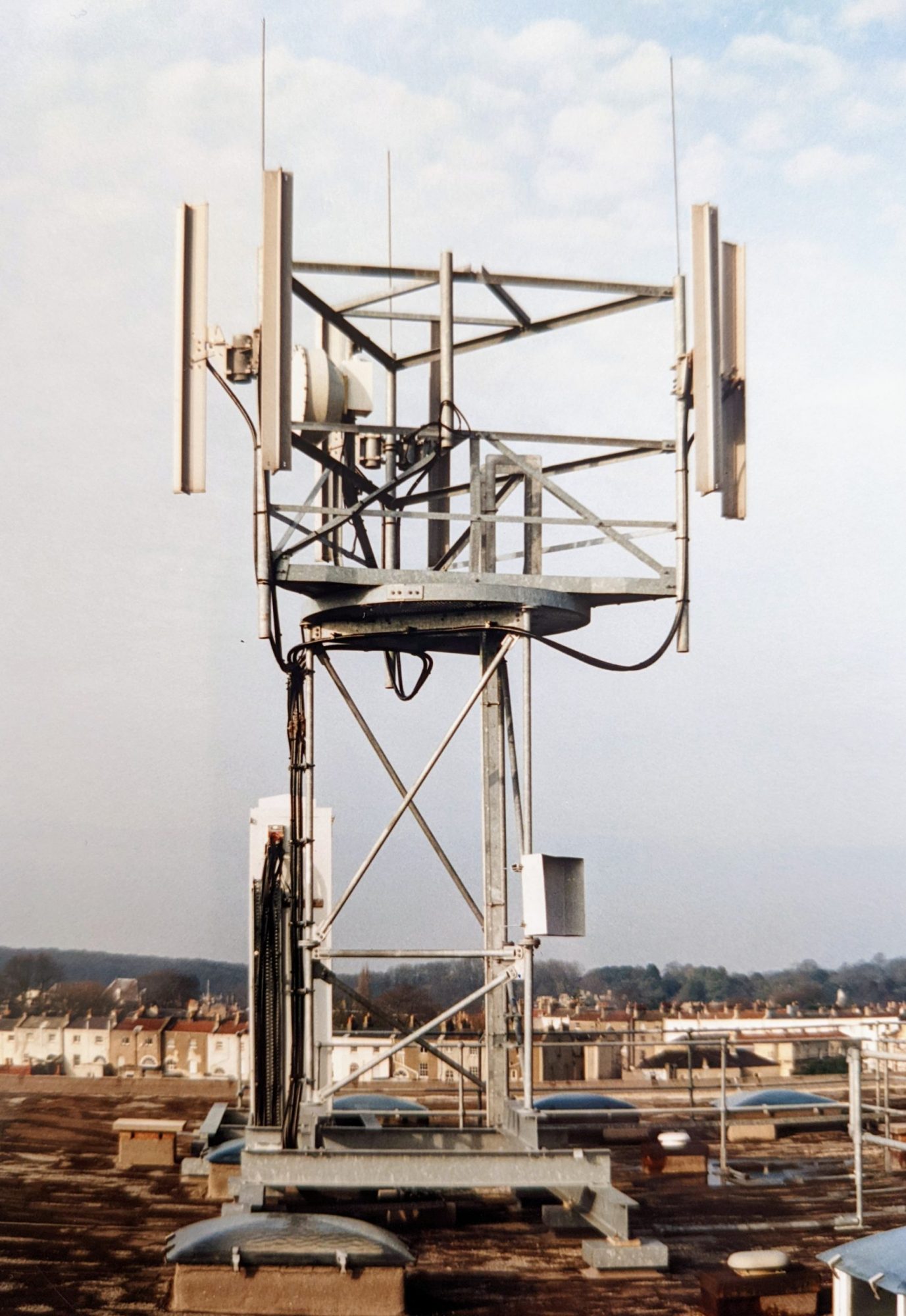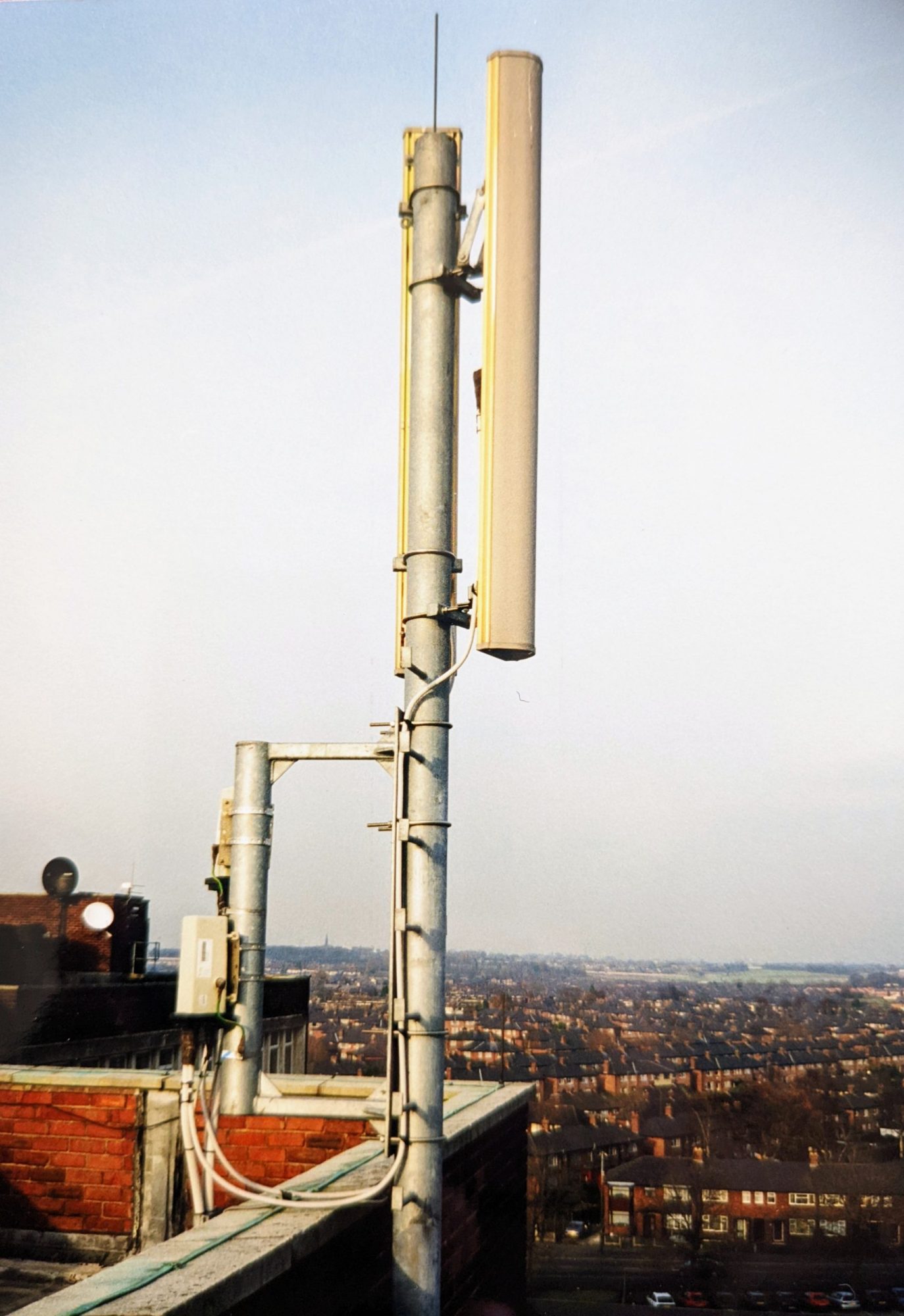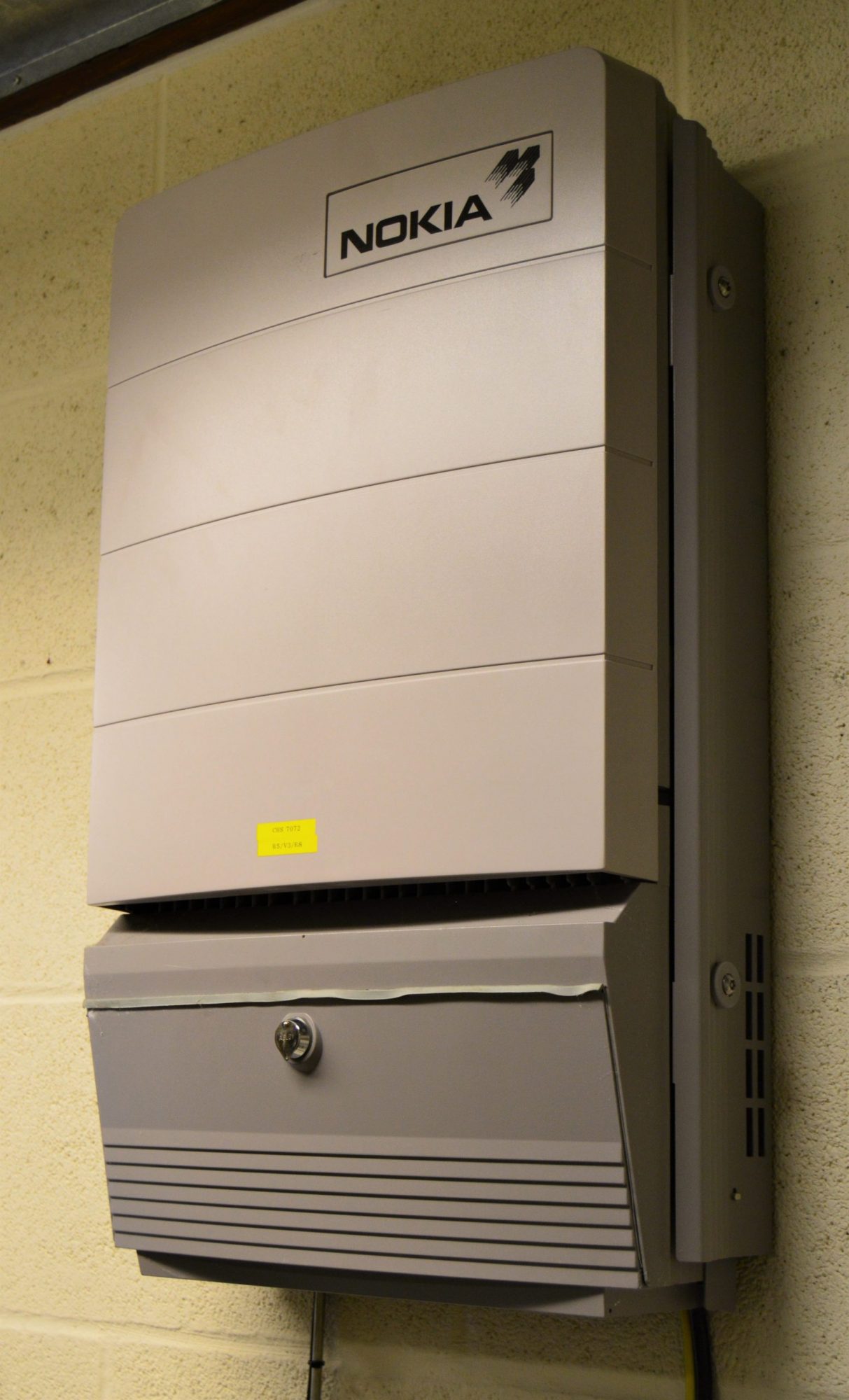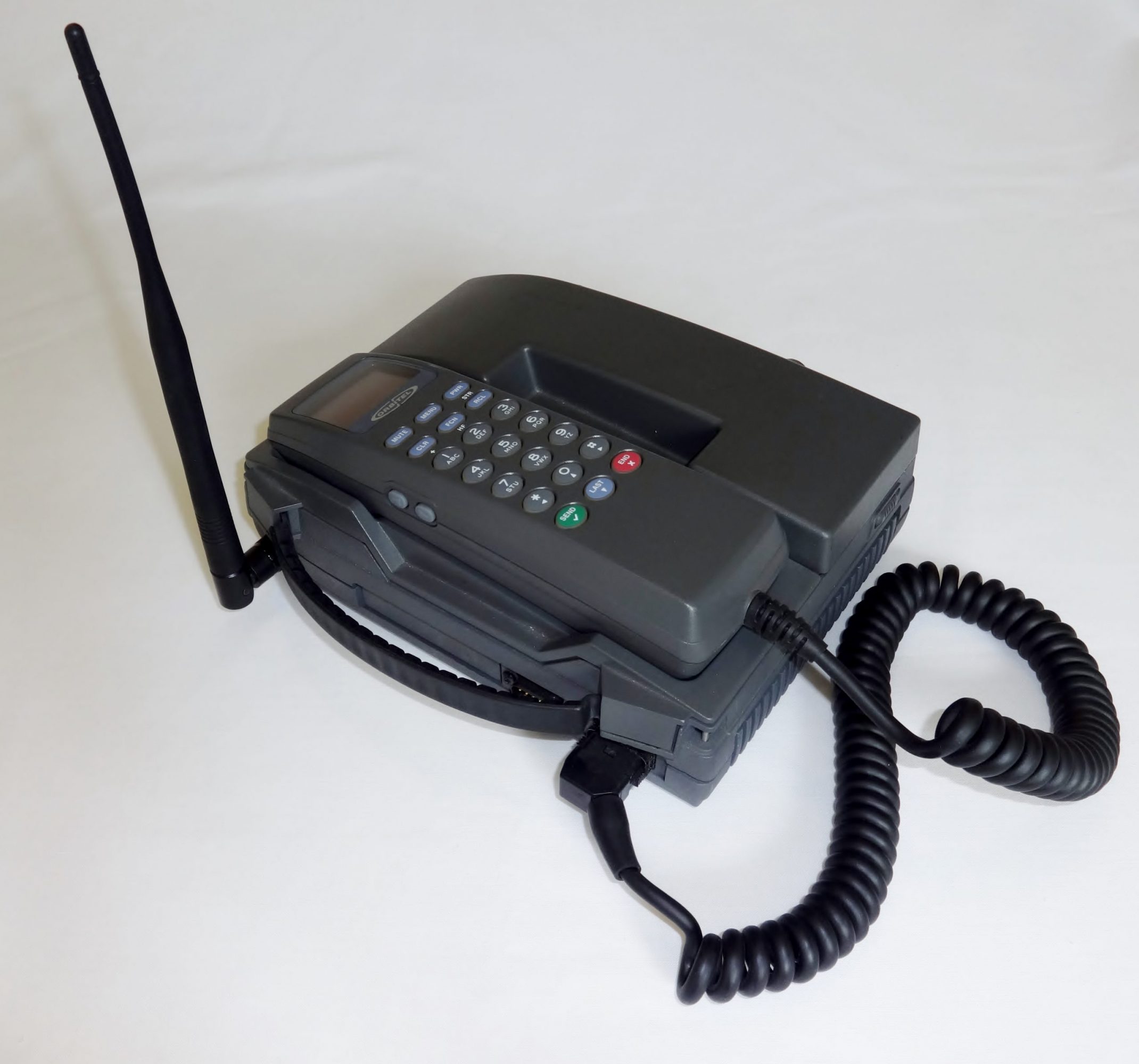
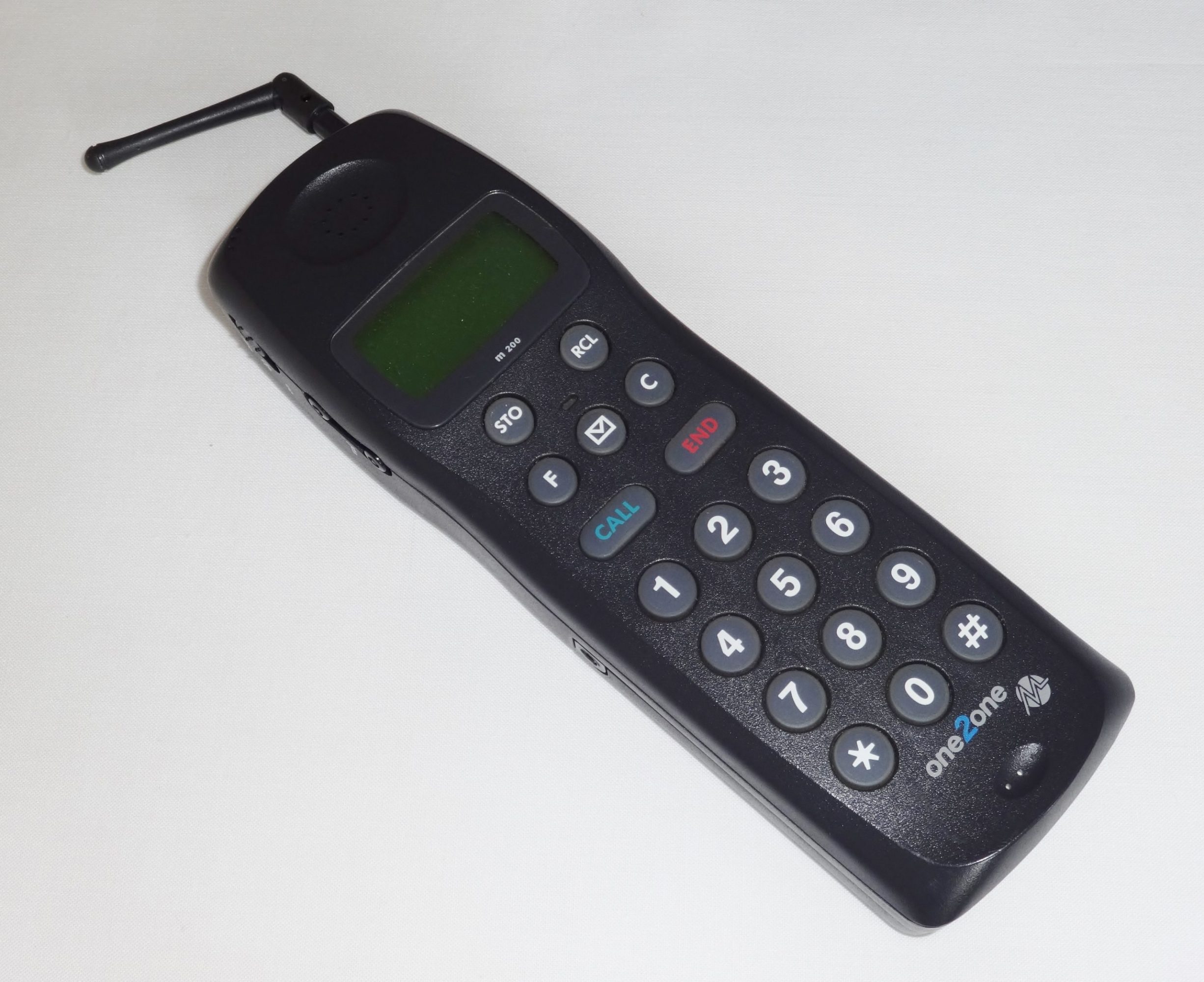
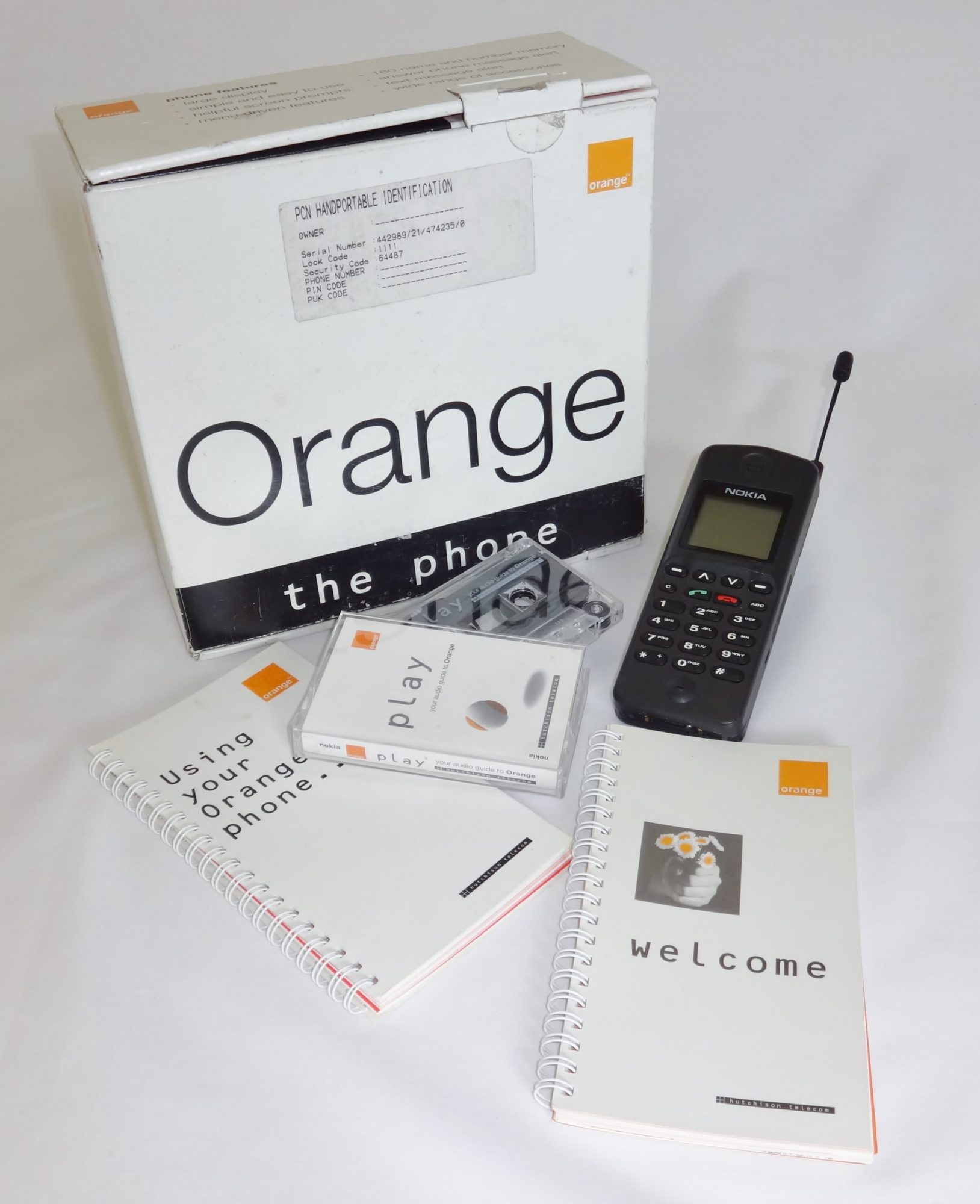
This website presents a history of 2G GSM (Global System for Mobile Communications) technologies with a focus on mobile network infrastructure.
There are many excellent websites which present and discuss the evolution of mobile phones, check these out from our external sites page. Mobile phones will be the main surviving artefact of the 2G GSM period however their operation would be impossible without the supporting network infrastructure of; radio base station sub-systems, antenna systems, cell sites, backhaul transmission links, core network sites, central switching equipment, core transmission and synchronisation networks and inter-operator interconnects.
Content on 2g-gsm.co.uk will grow over time and consists of a series of downloadable documents in pdf. The strategic objective is to provide historical record which will ensure that the role of 2G GSM in the evolving information revolution can be studied comprehensively by future researchers. Initial content will focus on GSM and its evolution through HSCSD (High-Speed Circuit Switched Data), GPRS (General Packet Radio Service) and EDGE (Enhanced Data-rates for GSM Evolution). Once this has been documented to a reasonable level the research focus will move on to 3G UMTS and how this evolved through HSDPA (High Speed Downlink Packet Access), HSUPA (High Speed Uplink Packet Access), HSPA (High Speed Packet Access) and HSPA+, along with examining the implications of 3G UMTS rollout on the design of the GSM network. As form follows function, the addition of UMTS to an existing GSM cell site will change the design and appearance of the infrastructure.
2G-gsm.co.uk will focus on the UK and aims to provide a view of the network designs and evolution across all four original GSM networks: Vodafone, Cellnet, Mercury one2one and Orange however given the chief researchers background there will inevitably be a greater focus on Orange UK, including its merger with T-Mobile (formerly Mercury one2one) and its evolution through Everything Everywhere to EE – the complex evolution of companies and brands will be explained in an early paper.
This project doesn’t have an end date and we don’t foresee a point where we consider the content to be complete, this will continue to evolve over time. The story of GSM network infrastructure continues into the 4G LTE (Long Term Evolution) and 5G era, both technologies have had an impact on the GSM network, this will be explored in the context of the GSM infrastructure.
Any errors in the material presented on this website are those of the author(s) and no guarantees are made to the accuracy of any information, albeit the objective is to be as accurate as possible.
Contributions to historical record are welcome, any photos and details of GSM cell sites, base stations etc. would be greatly appreciated and acknowledged accordingly. Likewise, any electronic copies of equipment brochures, manuals, training course notes would be very helpful. If you spot any errors or can add any additional information, please do contact us.
The research team can be contacted at: research@2g-gsm.co.uk
All material is copyright of 2g-gsm unless otherwise stated.
